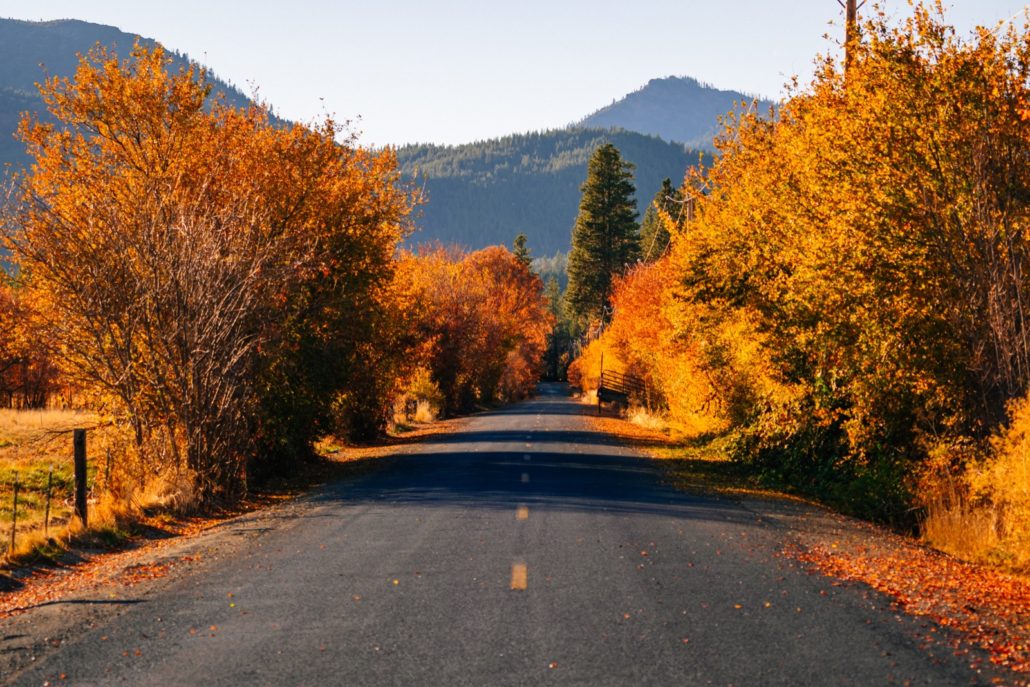Scouting Report: Siskiyou

Whenever I visit Siskiyou County, I question why it took so long to return. The county is so beautiful and loaded with tantalizing outdoor things to do that it’s a wonder it’s so lightly populated and traveled.
Siskiyou is the frosting atop California’s layer cake of spectacular places, and Mount Shasta is its grandest decoration.
What’s kept me from visiting more often has been my perception that it’s too far away. However, on a recent scouting trip up north, time melted away and anticipation built as I drove north on I-5.
Near Red Bluff, big, beautiful, frosted Mt. Shasta rose above the horizon, beckoning and reminding me why Siskiyou is so irresistible.
CaliforniaFallColor.com posts far too few reports from locations north of Shasta Lake, but when we do, they glitter with gold.
Among my favorites for fall color are the Klamath River, McCloud River, Hedge Creek, Mossbrae Falls, Faery Falls and any spot that contrasts fall color with Mt. Shasta.

I asked Siskiyou County’s Megan Peterson where locals go when the color begins sparkling. She likes the Scott Valley where bigleaf maple populate the twisting edges of the Scott River. Good one.
Megan also likes the Gateway Trail system near Yreka. Dogwood and Bigleaf Maple are the dominant deciduous trees and part of the Foundation Trail (part of the Gateway) has tightly bunched dogwood that “put on a great show” in autumn.
Hiker Jane Cohn of Mt. Shasta City lists the Castle Lake Shore Trail, Lake Siskiyou Trail, Box Canyon Trail, Ney Springs Canyon Trail, McCloud River Fall Trail, Sisson Meadow Trail, Dunsmuir Trail, Sacramento River Trail, Pine Tree Hollow Loop, Kelsey Creek Trail and Cabin Creek as all being flanked with pockets of bold color in autumn.
Hikemtshasta.com recommends the Cliff Lake Trail and Spring Hill Trail.

Then, of course, the Mt. Shasta Resort’s golf links are lined with trees that shine bright orange in autumn.
In late May, driving along the McCloud Road, dogwood were abloom with their floral white bracts, hinting at the display of yellow sure to appear once autumn arrives.
Autumn is, however, still a season away, but then don’t put off visiting, as I had. There’s just too much to see, enjoy and explore atop the state in Siskiyou County that is downright irresistible.



















































































